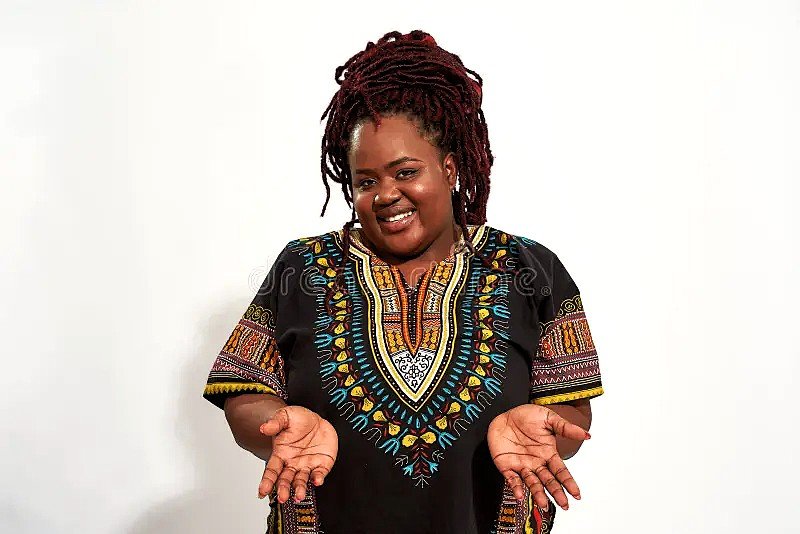
Stroke: Why early treatment is so urgent and important
Understanding Stroke and Its Aftermath
A stroke, or cerebrovascular accident (CVA), occurs when the blood supply to part of the brain is interrupted or significantly reduced. Without adequate oxygen, brain cells begin to die.
The severity of the stroke’s impact depends on the size of the brain area affected and how quickly treatment was initiated. In sub-Saharan Africa (SSA), stroke is a major cause of disability and death, largely due to delayed treatment and limited rehabilitation services.
While urgent medical care can save lives, early and effective rehabilitation plays an equally critical role in recovery. The sooner rehabilitation starts after a stroke, the better the chance of regaining lost functions and preventing long-term disability.
Why early rehabilitation is so crucial
After a stroke, the brain’s ability to adapt and recover—referred to as neuroplasticity—is at its highest during the first few months. Early rehabilitation takes advantage of this critical period when the brain is most capable of reorganizing and relearning skills. Waiting too long can make recovery more difficult, as this natural ability declines over time.
Early rehabilitation also helps prevent complications that can arise from immobility, such as bedsores, muscle contractures, and blood clots. It improves the overall health and well-being of the patient, reducing the risk of secondary strokes and improving quality of life.
What is involved in rehabilitation
Stroke rehabilitation focuses on helping patients regain independence by improving their ability to perform everyday activities. It involves a multidisciplinary team of healthcare professionals working together to address the individual needs of the stroke survivor. Key aspects include:
- Physical Therapy: Aims to restore mobility, balance, and strength. Exercises focus on improving walking, coordination, and range of motion.
- Occupational Therapy: Helps the patient relearn daily activities such as dressing, eating, bathing, and writing. The therapist may also teach alternative ways to complete tasks if full recovery is not possible.
- Speech and Language Therapy: Addresses communication difficulties, including speech production and comprehension. It can also help with swallowing problems (dysphagia), which are common after a stroke.
- Cognitive Therapy: Focuses on improving memory, problem-solving, and other mental functions that may be impaired.
Helping a stroke patient walk again

Key benefits of early rehabilitation
- Faster Recovery: Early rehabilitation helps the brain and body recover more quickly. By starting therapy within the first few days or weeks, stroke survivors can experience significant improvements in their motor skills, speech, and cognitive abilities.
- Improved Functionality: Patients who begin rehabilitation soon after a stroke often regain more independence in performing daily activities, which enhances their quality of life.
- Reduced Risk of Complications: Bedrest can lead to dangerous complications, such as pressure sores, deep vein thrombosis (DVT), and pneumonia. Early rehabilitation keeps the patient active, reducing these risks.
- Increased Motivation: Early rehabilitation empowers patients, giving them hope and motivation to continue working towards recovery. It also helps reduce feelings of depression and helplessness, which are common after a stroke.
Barriers to early rehabilitation in sub-Saharan Africa (SSA)
Despite the clear benefits of early rehabilitation, access to these services remains limited in many parts of SSA. Longstanding and recurrent challenges include:
- Limited Availability of Rehabilitation Centers: Rehabilitation facilities and trained therapists are scarce in many regions, making it difficult for stroke survivors to access the care they need.
- Cost: Rehabilitation can be expensive, and many stroke survivors in SSA lack the financial resources or health insurance to afford regular therapy.
- Lack of Awareness: Many people in SSA are unaware of the importance of early rehabilitation. As a result, they may not seek or prioritize rehabilitation after a stroke, focusing only on immediate medical care.
How family members and caregivers can help
Family members and caregivers play an essential role in supporting a stroke survivor’s recovery, especially when formal rehabilitation services are not available or are difficult to access. Here are a few ways they can help:
- Encourage Early Movement: Even simple exercises and daily activities can aid recovery. Help the patient move their limbs, change positions regularly, and try to perform basic tasks.
- Promote a Positive Attitude: Stroke recovery can be slow, and setbacks are common. Encourage the patient to stay hopeful and continue working on their therapy goals.
- Create a Safe Environment: Modify the home to make it easier for the patient to move around and engage in everyday activities. This may involve installing handrails, clearing pathways, or using assistive devices.
Stroke Prevention: The place and role of rehabilitation
Rehabilitation not only helps with recovery but also reduces the risk of another stroke.
It educates patients on managing stroke risk factors, such as high blood pressure, diabetes, and high cholesterol.
Lifestyle changes, such as maintaining a healthy diet, engaging in regular physical activity, and quitting smoking, are emphasized during the rehabilitation process.
Remember
The importance of early rehabilitation after a stroke cannot be overstated.
It plays a critical role in helping patients recover lost functions, regain independence, and improve their quality of life. In SSA, where stroke is a leading cause of disability and death, raising awareness about the need for early rehabilitation and improving access to these services is crucial for better outcomes.
Stroke survivors, their families, and caregivers should work closely with healthcare providers to initiate rehabilitation as soon as possible, ensuring the best chance for a full and meaningful recovery


